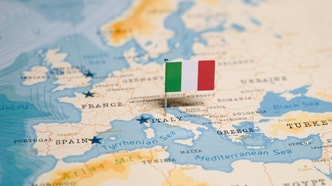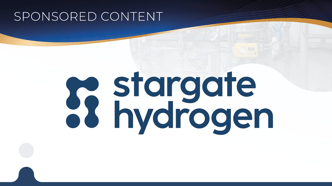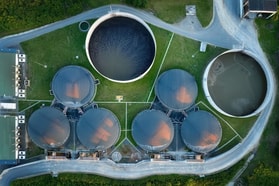Valves, communication and information flow
There is a wonderful tale from the time of the great space race during the 1960s. It goes like this – when NASA scientists realised that pens could not write in zero gravity, they spent millions of taxpayer dollars to develop a pen that could write in space. The adroit Soviets, as the story goes, simply gave their cosmonauts pencils.
I learned reading the Scientific American magazine that this myth rapidly became a legend and is now popular folklore. The truth behind the story is that the Soviets did in fact use pencils to start with, but pencils were not an optimal choice as they broke often, causing flying debris and were also a fire risk. The NASA pen, on the other hand, was designed by the Fisher Pen Company who underwrote the entire entrepreneurial innovation risk and designed a pen that did not rely on gravity and could perform in extreme temperature ranges.
The ink cartridge was pressurised with nitrogen at 35 psi, which pushed the ink toward the ball at the pen’s tip (Scientific American, December 2006). Both NASA and the Russians continue to use the same pen, which is available commercially at less than $100. As is evident, our industry has played a significant role in scientific and economic progress, and often in more ways than we are aware.
... to continue reading you must be subscribed























